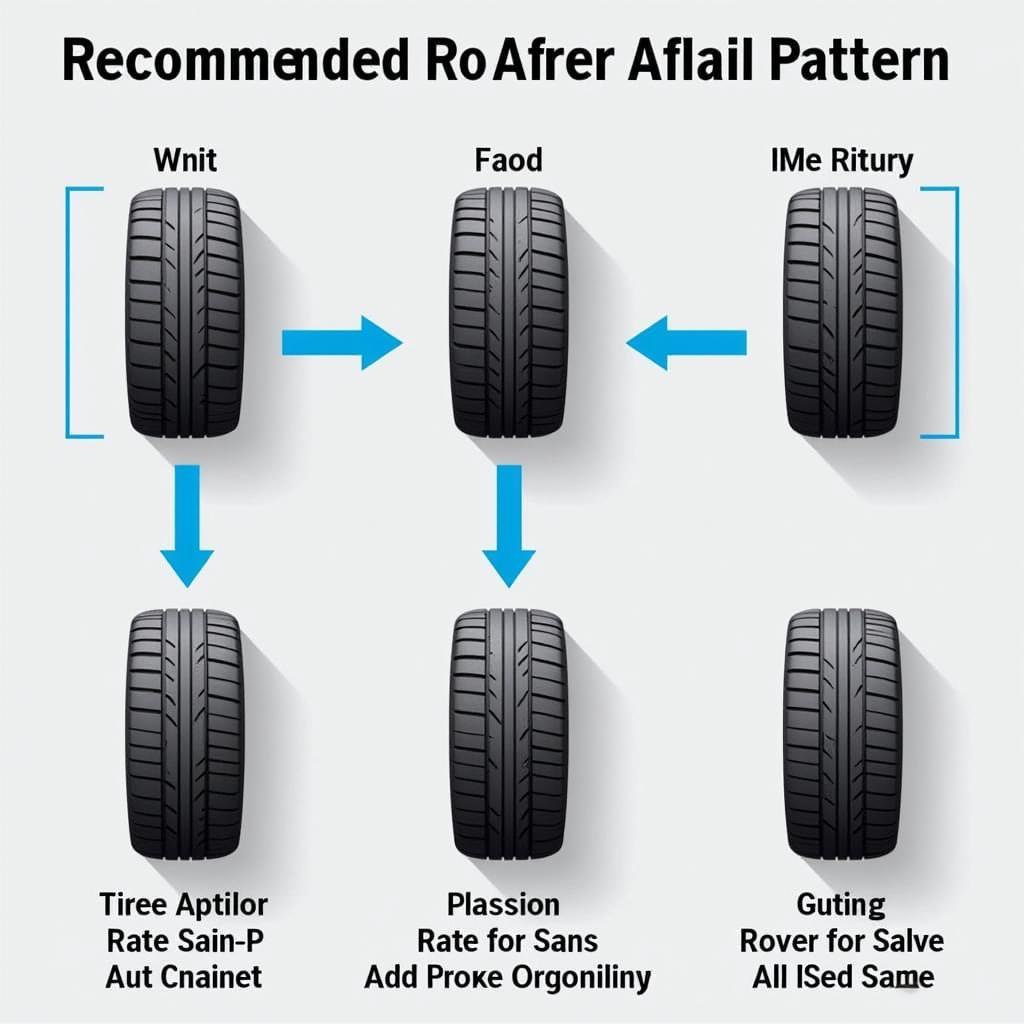Maintaining an all-wheel-drive (AWD) system involves more than just regular car maintenance. Understanding the Required Maintenance For Awd Cars is crucial for optimal performance, safety, and longevity. This comprehensive guide will walk you through everything you need to know to keep your AWD system running smoothly.
Understanding Your AWD System
Before diving into the specifics of required maintenance for AWD cars, it’s helpful to understand how these systems work. AWD systems provide power to all four wheels, enhancing traction and stability, especially in challenging driving conditions like snow, rain, or off-road terrains. However, this added capability comes with specific maintenance needs.
Key Components and Their Role
Several key components work together to deliver the benefits of AWD:
- Differentials: These distribute power between the front and rear axles, and sometimes even between individual wheels. Regular differential fluid changes are vital.
- Transfer Case: This component transfers power from the transmission to the differentials. Low fluid levels can lead to significant damage.
- Driveshaft: This connects the transfer case to the differentials, transmitting rotational power. Regular inspection for wear and tear is crucial.
- Axles: These connect the differentials to the wheels. CV joints (Constant Velocity joints) on the axles require regular greasing and inspection.
Essential Maintenance Tasks for AWD Vehicles
Regular maintenance is the key to a healthy AWD system. Here’s a breakdown of the essential tasks:
- Regular Fluid Changes: This includes differential fluid, transfer case fluid, and transmission fluid. Consult your owner’s manual for the recommended intervals, which typically range from 30,000 to 60,000 miles.
- Tire Maintenance: Maintaining proper tire pressure and tread depth is critical for AWD systems. Uneven tire wear can strain the differentials and other components. Rotate your tires regularly according to your owner’s manual.
- Driveshaft and CV Joint Inspection: Regularly inspect the driveshaft for damage and the CV joints for leaks or wear. These components are subject to significant stress and should be addressed promptly if any issues are detected.
- Alignment and Balancing: Proper wheel alignment and balancing ensure even tire wear and prevent unnecessary strain on the AWD system.
 Tire Rotation Pattern for AWD Vehicles
Tire Rotation Pattern for AWD Vehicles
Why is Regular Maintenance Important for AWD?
Ignoring required maintenance for AWD cars can lead to costly repairs, reduced fuel efficiency, and even safety hazards.
“Regular maintenance is like an insurance policy for your AWD system,” says automotive expert John Smith, Senior Technician at All-Wheel-Drive Specialists Inc. “It’s a small investment that can prevent major headaches down the road.”
Addressing Common AWD Issues
Even with diligent maintenance, issues can arise. Here are some common problems and how to address them:
- Strange Noises: Whining, grinding, or clicking sounds can indicate problems with the differentials, transfer case, or CV joints.
- Vibration: Vibration, especially at higher speeds, can be caused by worn CV joints or driveshaft issues.
- Loss of Traction: If your AWD system isn’t engaging properly, it could be due to low fluid levels, sensor problems, or other issues.
“Don’t ignore unusual noises or vibrations,” advises Jane Doe, Lead Mechanic at Precision Auto Repair. “These are often early warning signs of bigger problems.”
Conclusion
Required maintenance for AWD cars is essential for ensuring optimal performance, safety, and longevity. By understanding the key components and following a regular maintenance schedule, you can keep your AWD system in top shape and enjoy the benefits of enhanced traction and stability. If you have any questions or concerns about your AWD system, don’t hesitate to contact the experts at AutoTipPro at +1 (641) 206-8880 or visit our office at 500 N St Mary’s St, San Antonio, TX 78205, United States.
FAQ
- How often should I change my AWD differential fluid? Consult your owner’s manual for specific recommendations, but it’s typically every 30,000 to 60,000 miles.
- What type of fluid does my AWD system need? Refer to your owner’s manual for the correct fluid specifications. Using the wrong fluid can damage your AWD system.
- Can I rotate my own tires on an AWD vehicle? Yes, but ensure you follow the recommended rotation pattern for AWD vehicles.
- What should I do if I hear strange noises coming from my AWD system? Take your vehicle to a qualified mechanic for inspection and diagnosis.
- Is AWD maintenance more expensive than 2WD maintenance? Generally, yes, due to the additional components and specialized fluids required.
- How can I tell if my AWD system is engaging properly? You should notice improved traction and stability, especially in challenging driving conditions.
- Can I drive my AWD car if the AWD system isn’t working? In some cases, yes, but it’s best to have it inspected and repaired as soon as possible.






Leave a Reply